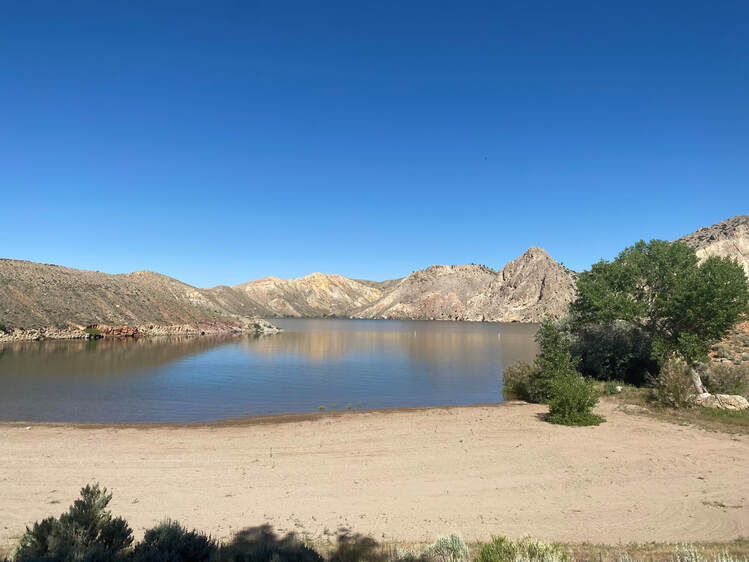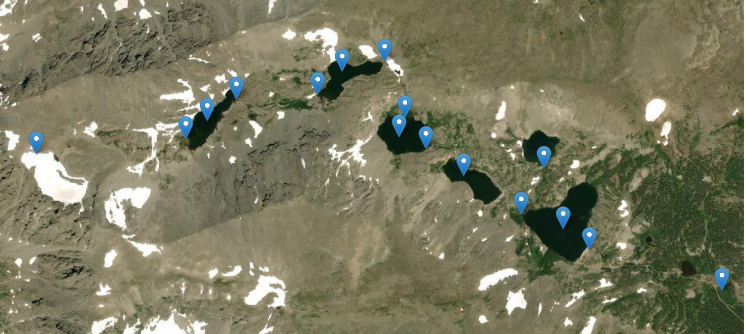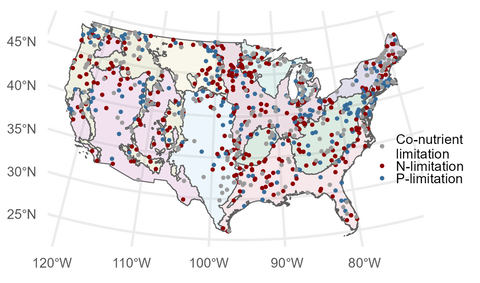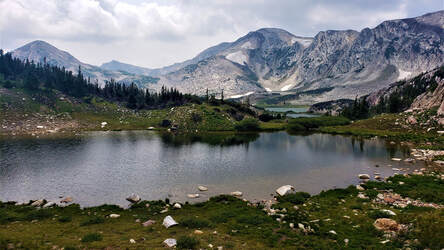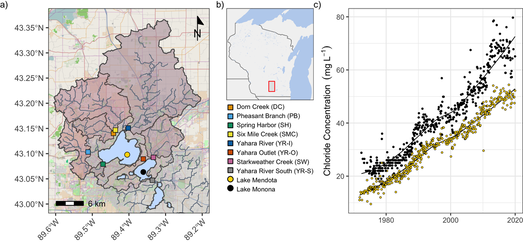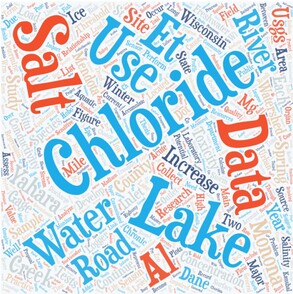Research
As a limnologist, I enjoy using ecology, hydrology, chemistry, and biology to address issues impacting our fresh waters. I completed a Master's degree through the Center for Limnology at the University of Wisconsin and am continuing graduate study at the University of Wyoming in the Program in Ecology.


